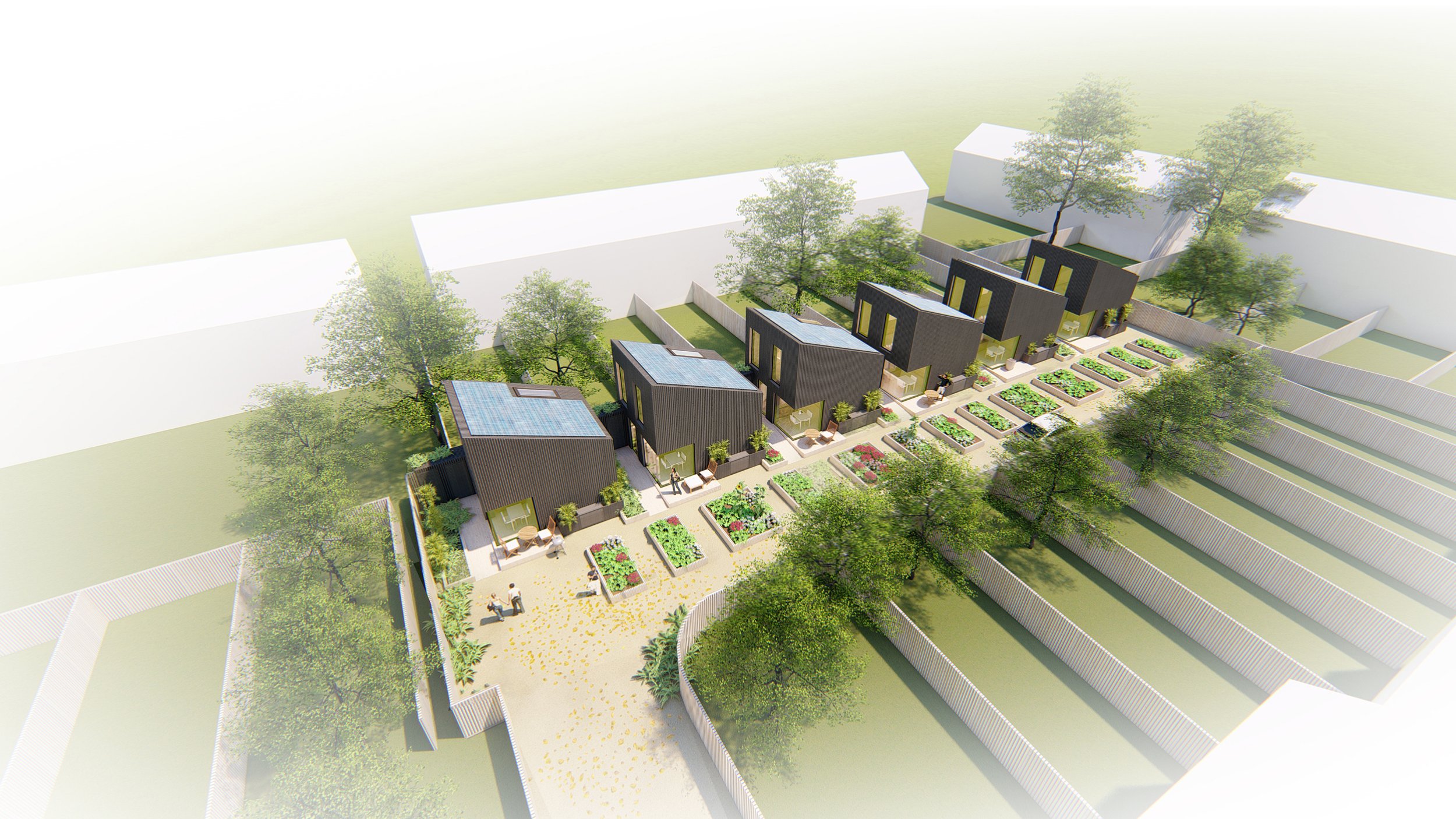Is new build the only (or best) option to increase social rent housing stock?
Social Rent Housing playbook series
New to the playbook series? Start here with A playbook approach to accelerating housing delivery.
Photo courtesy of BDP
The ecosystem solution outlined in the Social Rent Housing at Pace Playbook is primarily focused on new build, because building social rent homes is the best way to eliminate the structural deficit in the long-term as it increases the net supply of homes. However, this is currently a slow and painful process, often constrained by maxed-out Public Works Loan Board borrowing and stretched in-house development teams. It is also challenged by narrow applications of viability, planning uncertainty and construction risks (including inflation, labour shortages, insolvency and poor workmanship). This highlights why we need a new delivery model. It also begs the question, ‘Is new build the only (or best) option to increase housing stock?’
The fourth report on local authority housebuilding in 2024 showed that the number of local authorities directly engaging in housing provision had increased to 79%, up from 65% in 2017. Affordable housing delivery is a key priority for many councils trying to meet local needs and address shortfalls in other housing delivery programmes.
To meet the increasing demand for social rent housing, local authorities must balance short-, medium- and long- term investment and solutions. Alongside a programme to build new homes they may consider acquisition, third party lets or retrofit options.
See below for the pros and cons of short-, medium- and long-term options, with links to case studies that highlight innovation and best practice. A detailed table can be found on page 15 of the Playbook.
“We’ve got an unprecedented number of people that need our help. We’re fighting to meet the demand.”
Anthony Probert, Adur and Worthing Councils, Playbook roundtable
PROS AND CONS
Aquisition
Completed new build or existing properties are purchased off the open market by local authorities (LAs). Read more about how housing acquisition is being facilitated by SimplyPhi’s new technology.
Pros:
Speed
New build properties qualify for Homes England (HE) grant
Non-new build can utilise RightToBuy (RTB) receipts
No planning risk
Cons:
No additional net supply
Creates competition and risks driving up private rents
Availability and cost of homes is market dependent
Requires significant upfront capital, so ther eare borrowing headroom implications
Third party lets (existing houses)
A third party raises capital, purchases existing houses and leases them back to LAs. Read more about third party lets in practice in this case study by Resonance.
Pros
Speed
No up front capital cost for LAs
No planning risk
Cons
No additional net supply
Creates competition and risks driving up private rents
There are finance lease implications associated with lease standards (e.g. IFRS 16) which impact General Fund headroom
Rent not guaranteed to beat Local Housing Allowance (LHA) level and would rise annually
Third party lets (new build/demountable houses)
A third party leases vacant land from an LA (or RP) for low/peppercorn rent, on which they build homes to rent back to the LA/RP. Read more about this in practice, in this case study by Goscombe.
Pros
No LA/RP capital required
New homes resulting in additional supply
This unlocks an otherwise underutilised supply of land
(Public)land used for public benefit
If the new homes are demountable, they can (optionally) be repositioned on a new site at the end of the lease term, which unlocks meanwhile land for housing
If an RP is involved, new homes could be provided as Exempt Accommodation, with support for residents
Cons
Might not be viable to get to social rent/LHA levels, so this solution might be limited to new homes for TA (higher rental levels)
There are finance lease implications associated with lease standards (e.g. IFRS 16) which impact General Fund headroom - unless this can be done off balance sheet (currently under investigation)
Planning risk to be apportioned
Conversion and retrofit
Existing buildings are repurposed or retrofitted. Read more about a partnership approach in Bristol to unlock new TA.
Pros
Element of additionality
Moderate speed
Can be cost effective
Low embodied carbon
Reduced planning risk
Cons
The costs of retrofitting a non-residential building for permanent homes may be prohibitive
Risk of lower quality accommodation as buildings are typically not designed for residential use
New build
LA has a development pipeline to commission new homes.
Pros
Additional supply of homes
Increases the stock of ‘CouncilHousing’
LA has control over the quality
Public land used for public benefit
Flexibility over the tenure of the new homes
Cons
Slow
High capital
Demanding in terms of resource
Land supply required
Planning risk on the LA
Constrained supply chain
Further reading: Copping Joyce’s report ‘The Temporary Accommodation Dilemma: Strategies for Local Authorities’ discusses pros and cons of options available to Local Authorities to tackle the TA crisis.
Download the Playbook here, or explore other blogs.
As you engage with the Playbook, we encourage you to reach out to the contributing organisations to inform your learning. No single organisation’s product, process or passion can fix the problem. Change will come through creativity, collective wisdom and the will to roll up our sleeves, get involved and work together to do things differently!


